Professor, mom, queer, expat, first-gen, neurodiverse...
inclusion & sustainability
Pls repost 🙏
www.evolbio.mpg.de/3838377/job_...

Pls repost 🙏
www.evolbio.mpg.de/3838377/job_...

www.nature.com/articles/s41...

www.nature.com/articles/s41...
@currentbiology.bsky.social @mehrshmali.bsky.social

@currentbiology.bsky.social @mehrshmali.bsky.social
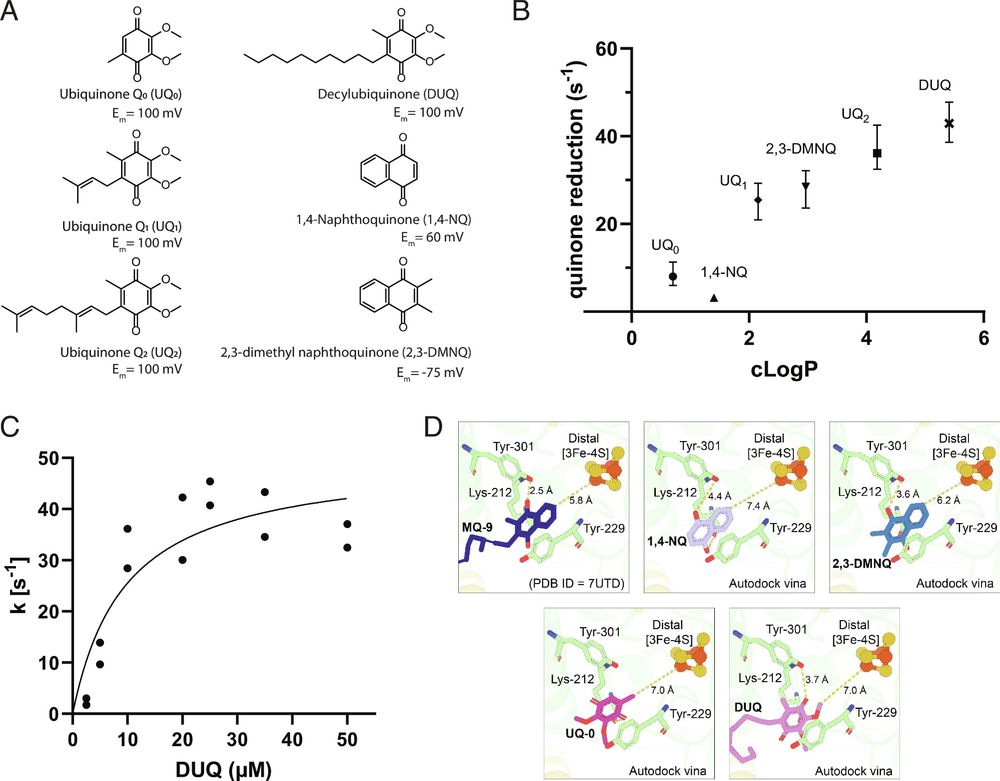
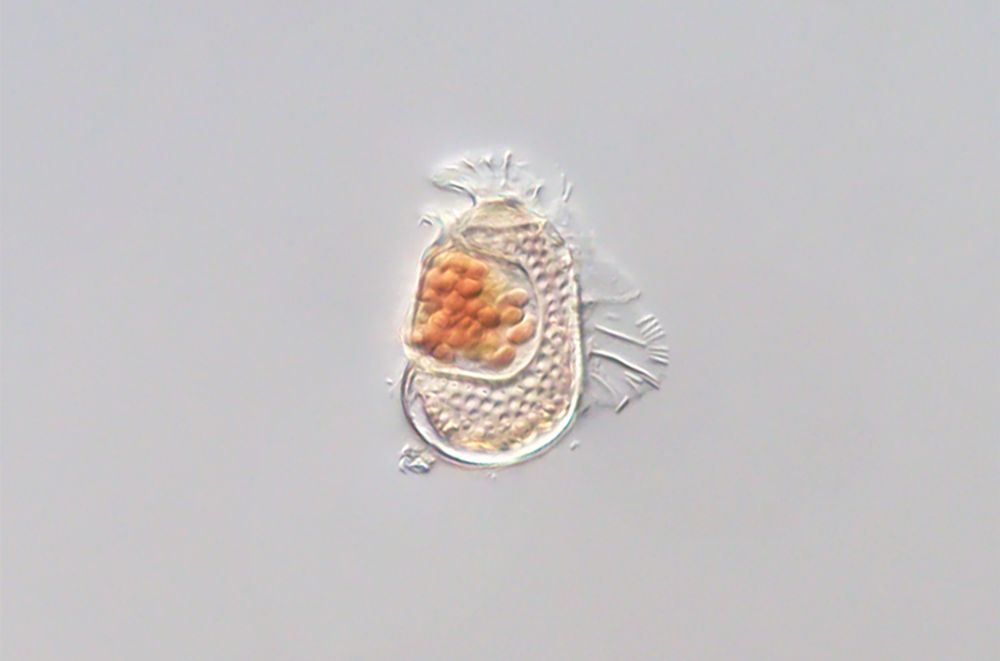
www.biorxiv.org/content/10.1...
and tell you just a little bit about it in the following 🧵

www.biorxiv.org/content/10.1...
and tell you just a little bit about it in the following 🧵
Our results highlight the value of cultivating microorganisms in groups to cultivate:
1) abundant microorganisms
tinyurl.com/miintmodcom
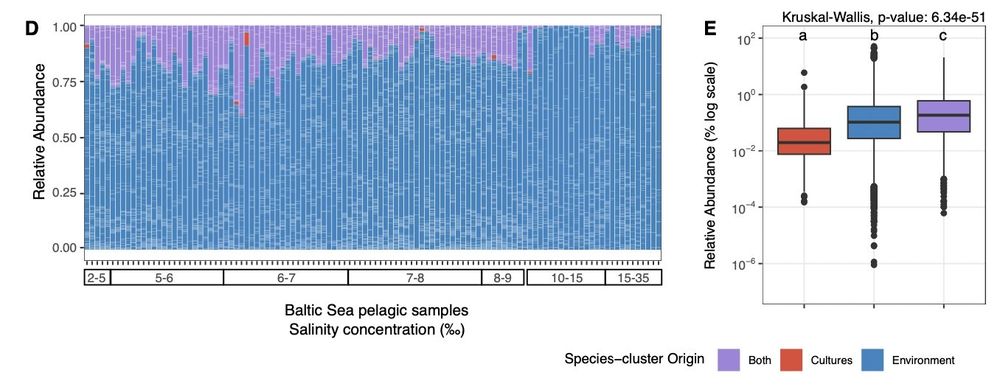
Our results highlight the value of cultivating microorganisms in groups to cultivate:
1) abundant microorganisms
tinyurl.com/miintmodcom
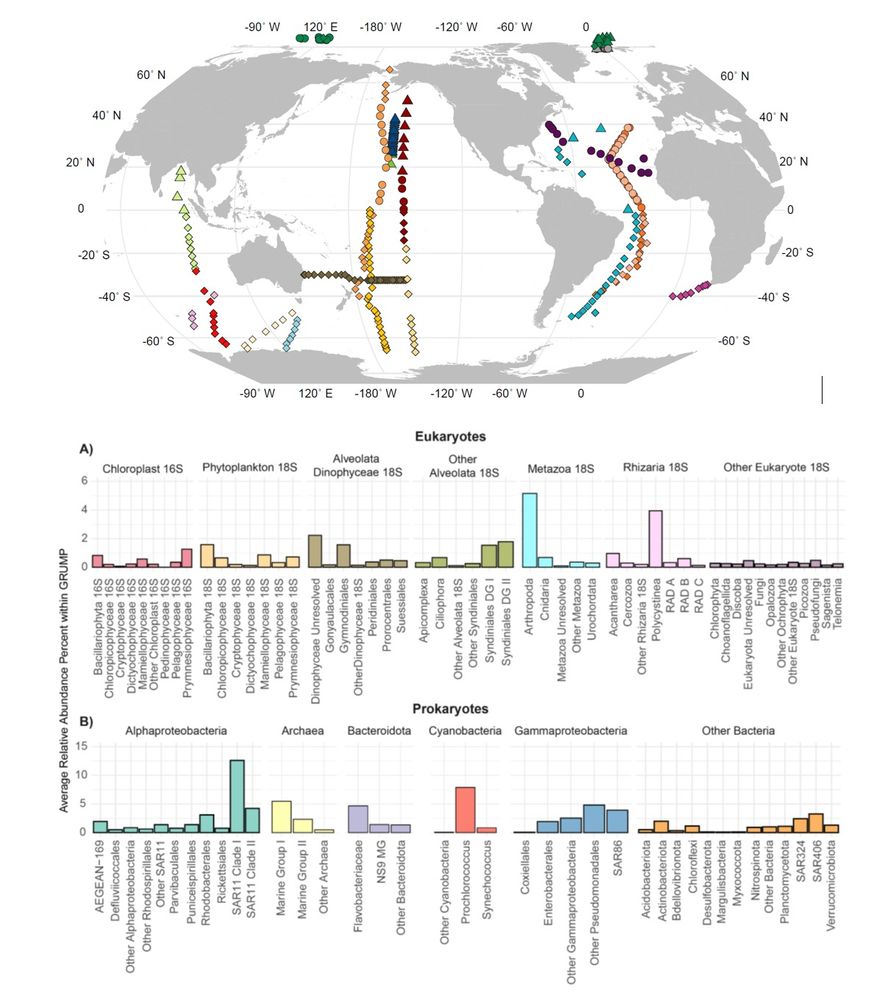
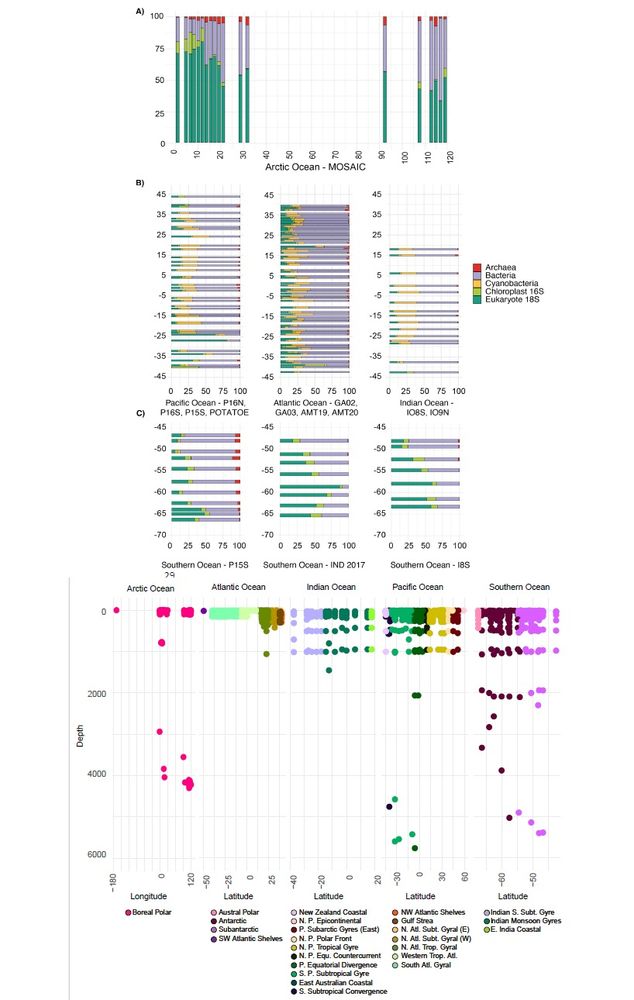
@nature.com
#potato #genomics #history #evolution

@nature.com
#potato #genomics #history #evolution
uol.de/en/job/postd...
uol.de/en/job/postd...
The speaker of the Cluster of Excellence @microverse.bsky.social and @crc-aquadiva.bsky.social at #UniJena studies microbial communities in soil, water and deep underground.
➡️ www.uni-jena.de/en/310794/pr...
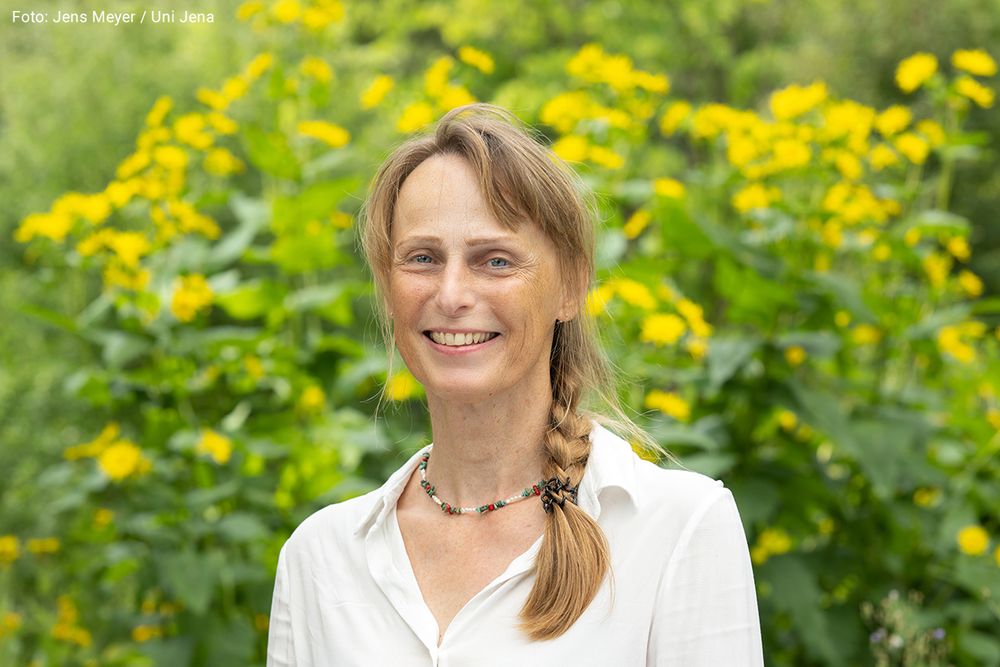
The speaker of the Cluster of Excellence @microverse.bsky.social and @crc-aquadiva.bsky.social at #UniJena studies microbial communities in soil, water and deep underground.
➡️ www.uni-jena.de/en/310794/pr...
The path to dependence: stepwise genome evolution from a facultative symbiont to an endosymbiont in the N2-fixing diatom-Richelia symbioses
www.biorxiv.org/content/10.1...

The path to dependence: stepwise genome evolution from a facultative symbiont to an endosymbiont in the N2-fixing diatom-Richelia symbioses
www.biorxiv.org/content/10.1...
Horizontal gene transfer of the functional archaellum machinery to Bacteria
www.biorxiv.org/content/10.1...

Horizontal gene transfer of the functional archaellum machinery to Bacteria
www.biorxiv.org/content/10.1...
@archaeal.bsky.social @quendi.bsky.social @sarilog.bsky.social
www.nature.com/articles/s41...
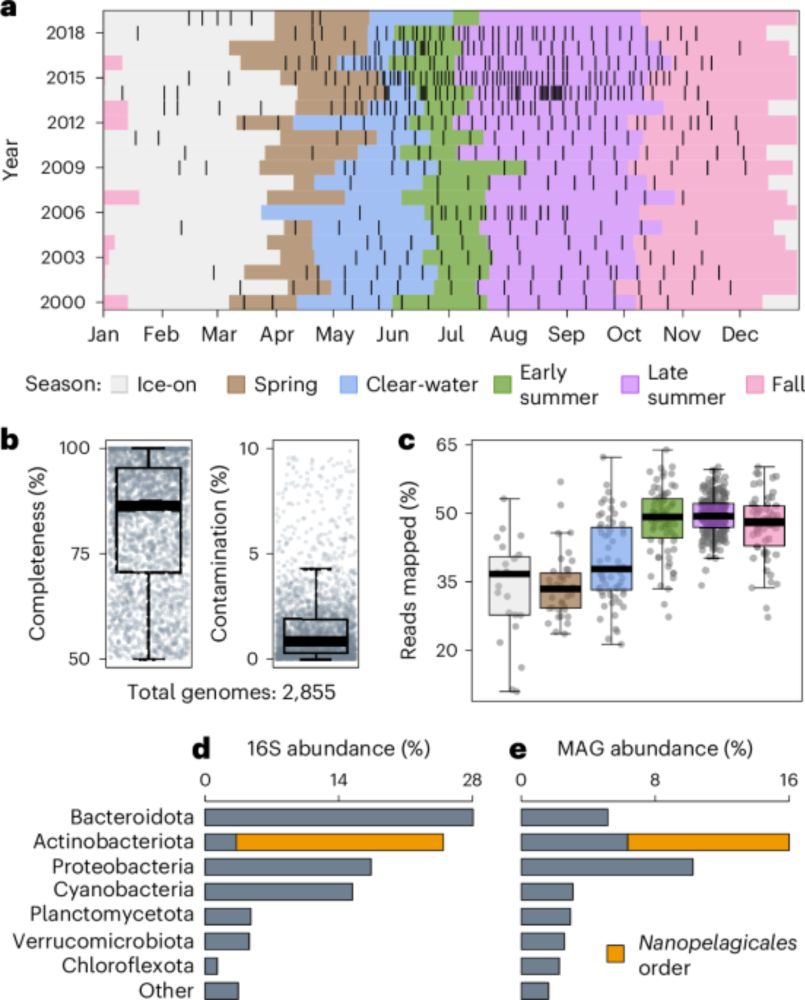
@archaeal.bsky.social @quendi.bsky.social @sarilog.bsky.social
www.nature.com/articles/s41...
uol.de/en/job/bioin...
The position is initially for 3 years, but there are chances of permanency after the 3 years.
Please share!
uol.de/en/job/bioin...
The position is initially for 3 years, but there are chances of permanency after the 3 years.
Please share!
www.pnas.org/doi/10.1073/...
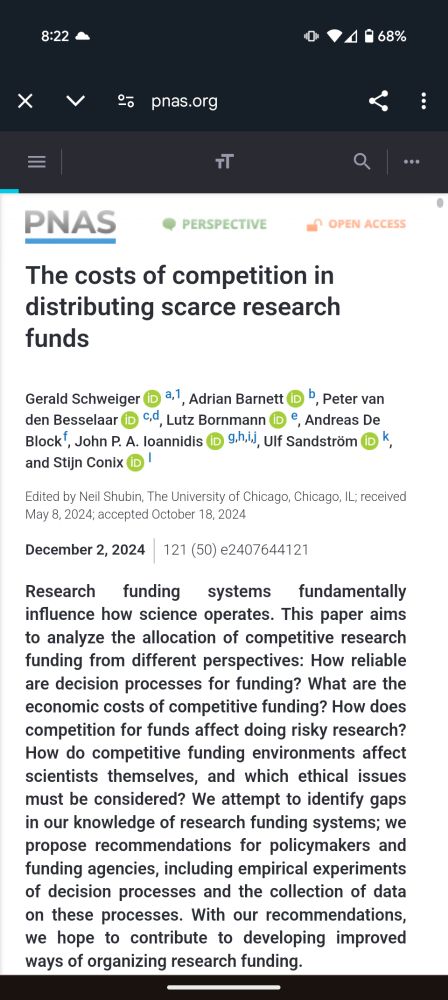
www.pnas.org/doi/10.1073/...
rdcu.be/d5put
A thread…
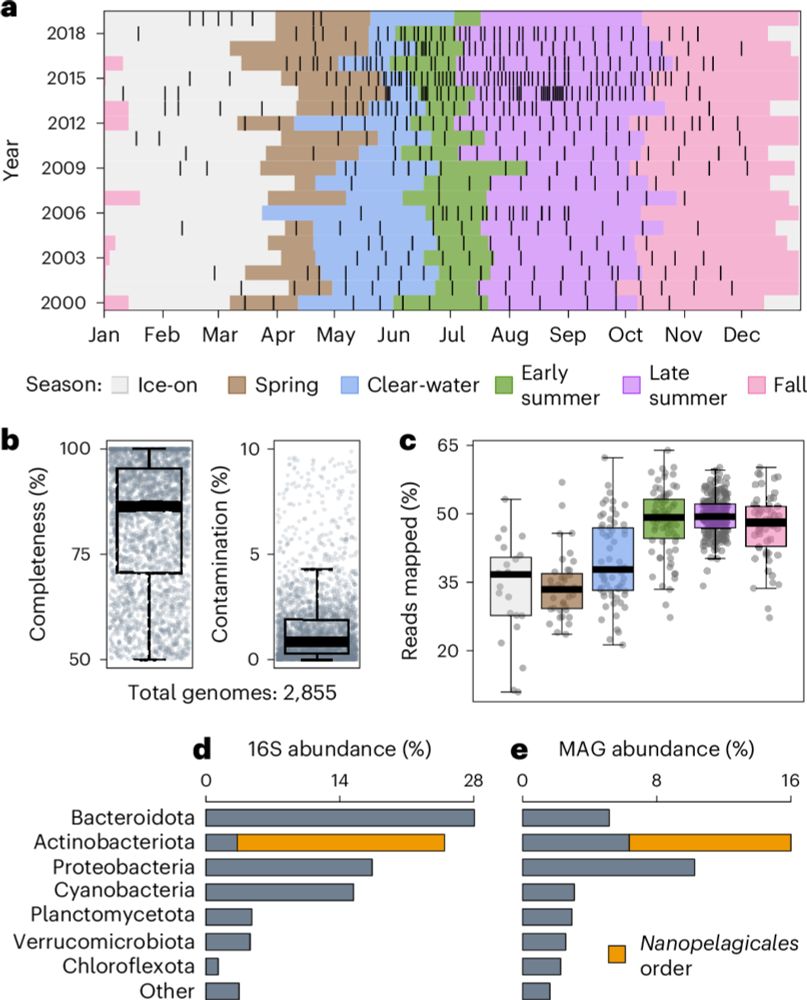
More information and application link (application deadline is Jan 10): anvio.org/workshops/20...
Please apply and/or circulate 😇

More information and application link (application deadline is Jan 10): anvio.org/workshops/20...
Please apply and/or circulate 😇
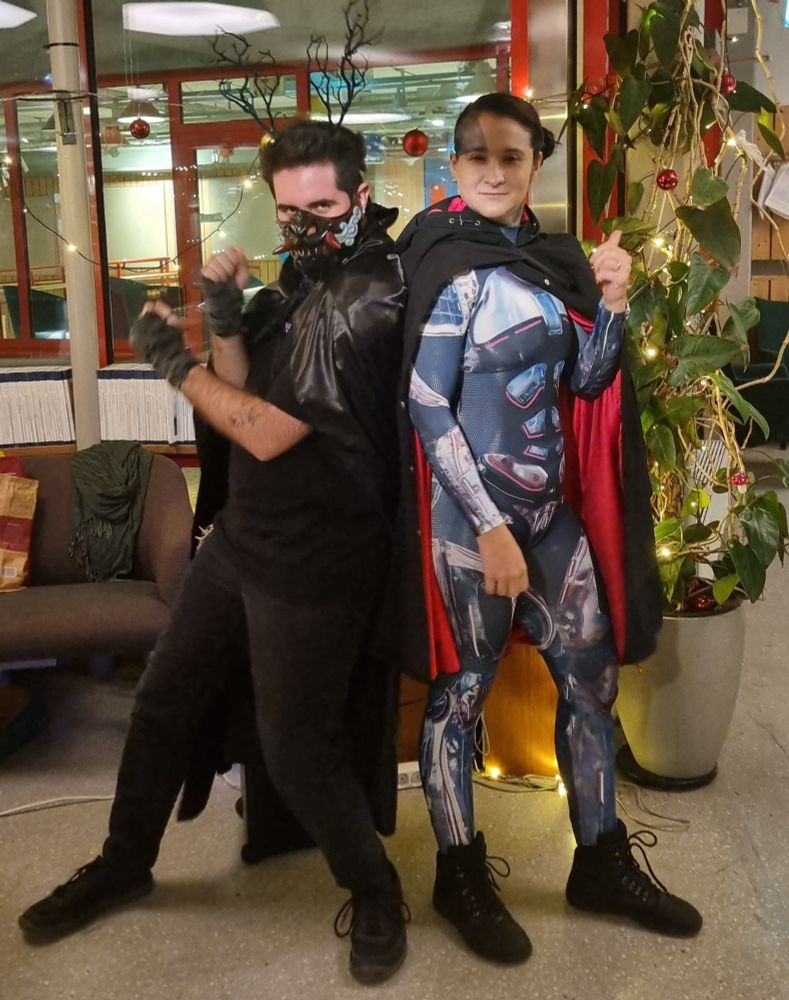
rdcu.be/dPNpB
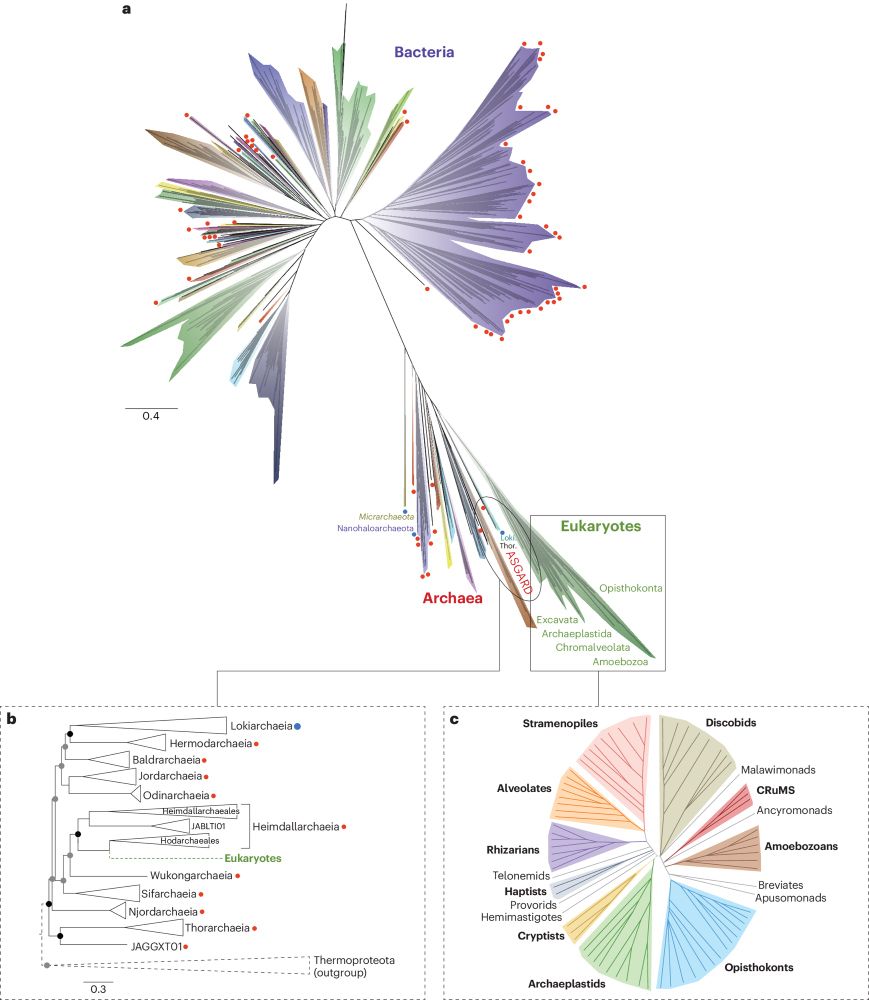
rdcu.be/dPNpB
What do ecology and evolution look like in a 20-year microbiome time series? They blur together
@quendi.bsky.social @archaeal.bsky.social @uslter.bsky.social @sarilog.bsky.social 🧪🖥️🧬
www.biorxiv.org/content/10.1...

What do ecology and evolution look like in a 20-year microbiome time series? They blur together
@quendi.bsky.social @archaeal.bsky.social @uslter.bsky.social @sarilog.bsky.social 🧪🖥️🧬
www.biorxiv.org/content/10.1...

